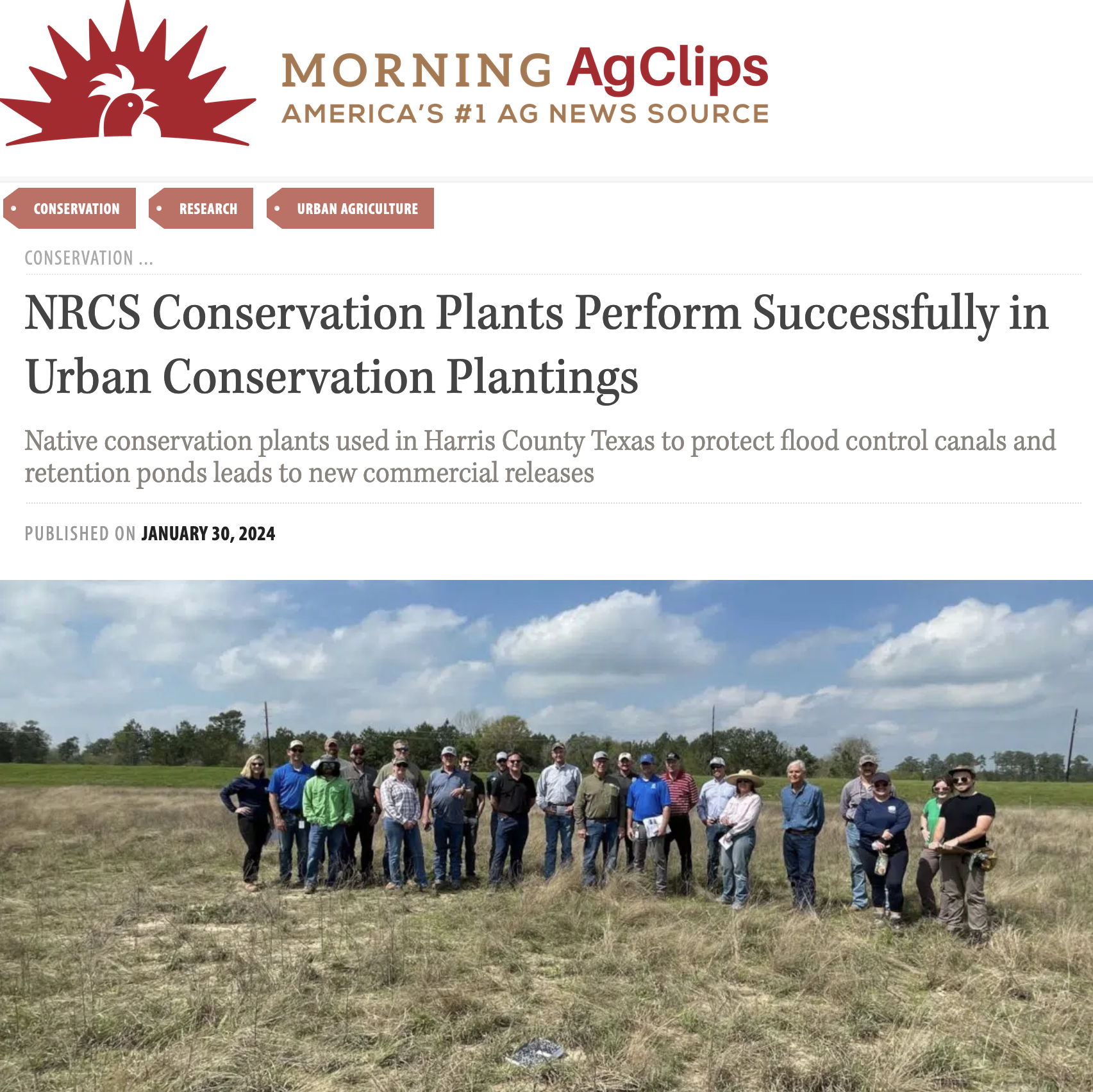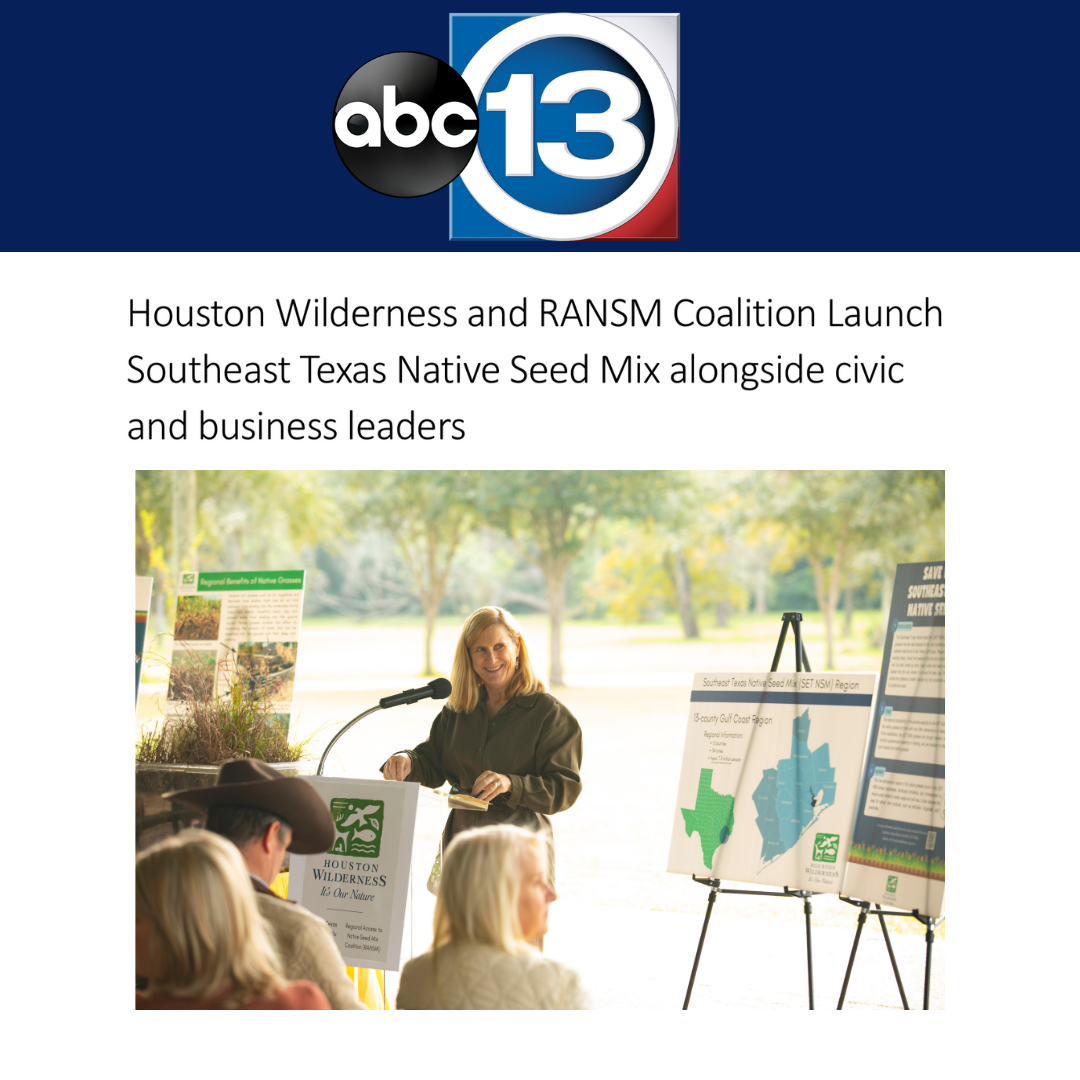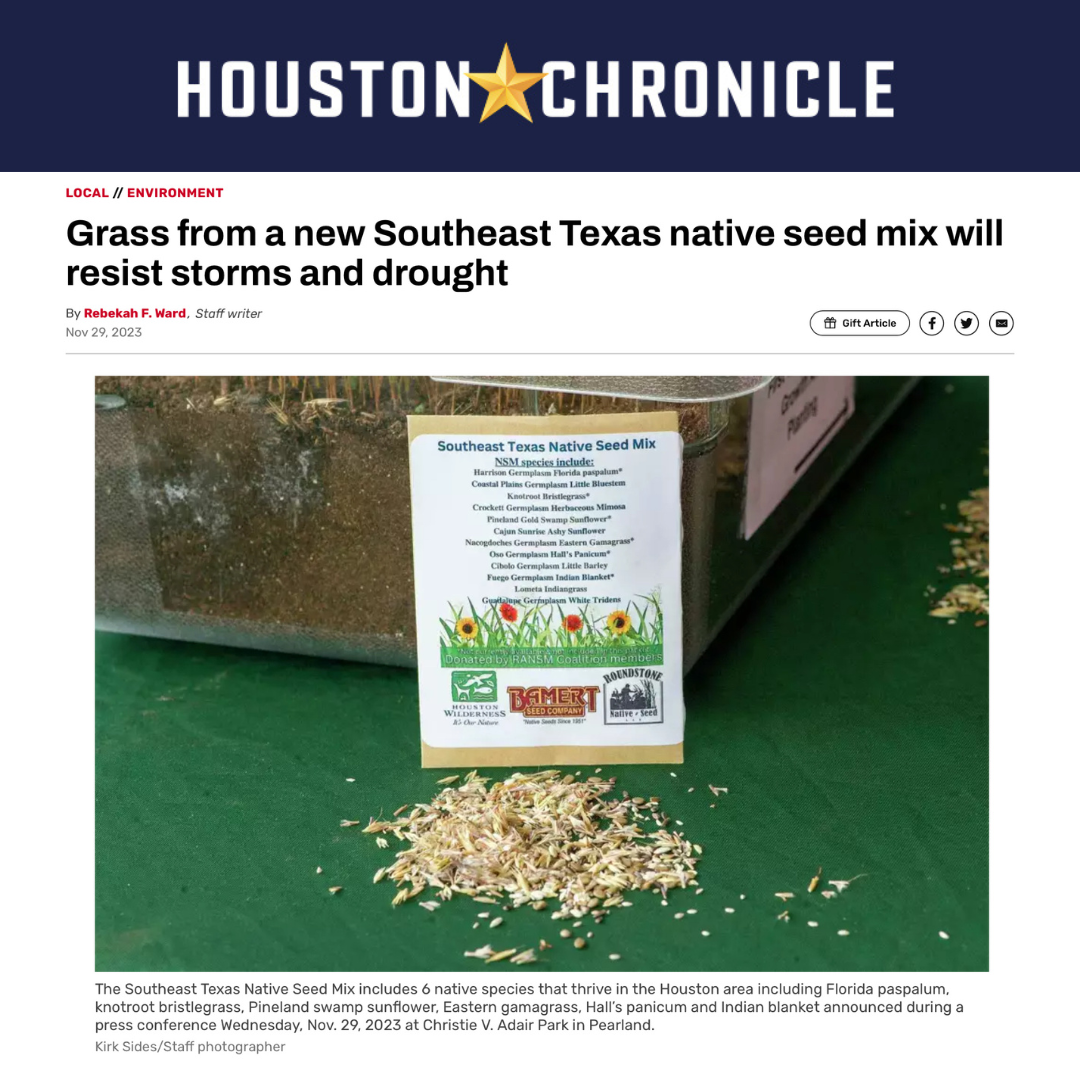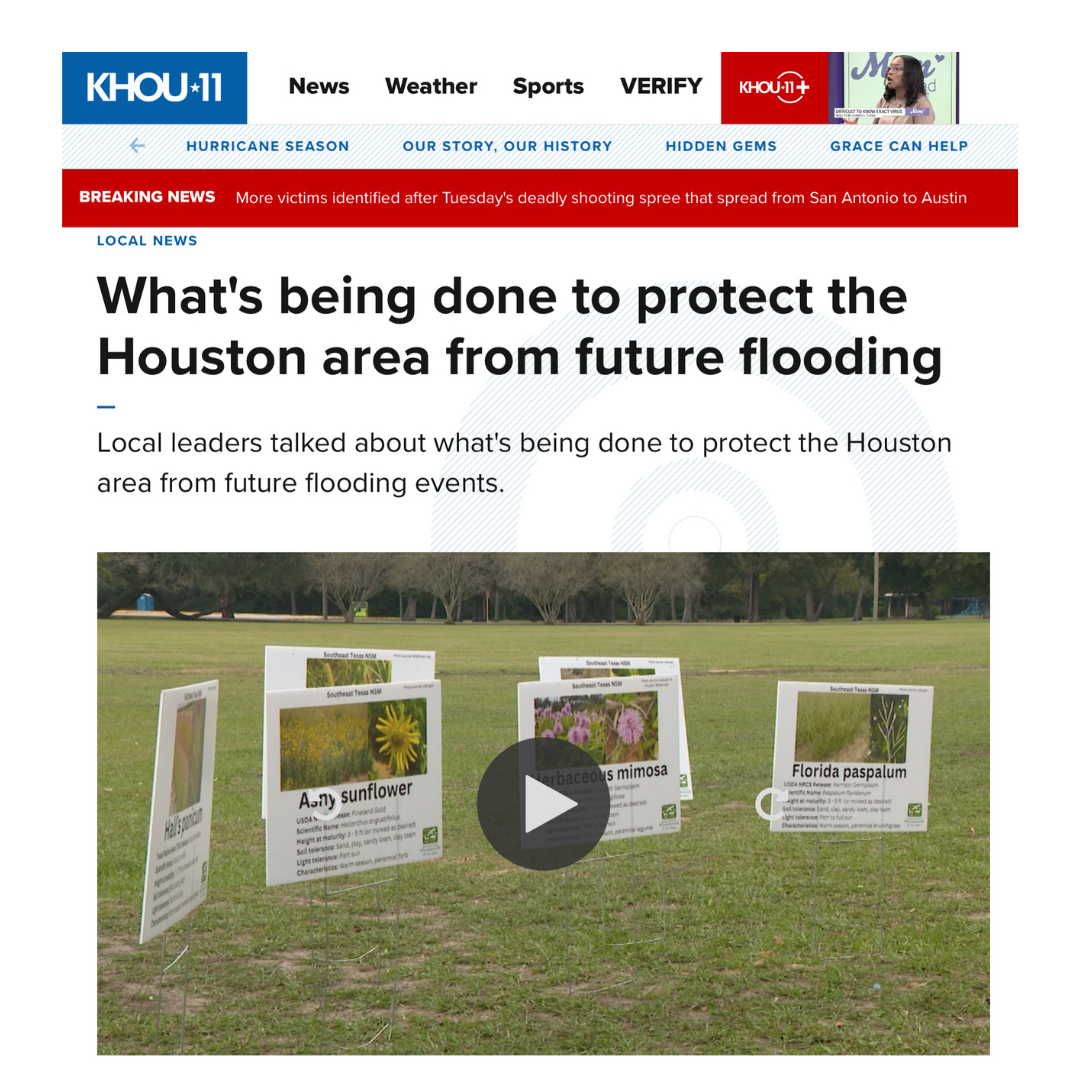Texas Trustee Implementation Group Calls for Restoration Project Proposals
/The Texas Trustee Implementation Group (Texas TIG) is calling for new or revised restoration proposals by August 31, 2016 in preparation for the next phase of Natural Resource Damage Assessment (NRDA) restoration planning.
Restoration funds allocated to the Texas TIG must be used for five specific restoration types. Early Restoration projects are already funding bird and sea turtle restoration types. Therefore, the Texas TIG is prioritizing current restoration planning efforts on restoration types that were not addressed previously:
1) restore and conserve wetland, coastal, and nearshore habitats;
2) restore water quality through nutrient reduction (nonpoint source); and
3) replenish and protect oysters.
The Texas TIG will also consider projects for engineering and design that focus on the three restoration types mentioned above. The focus will be on these restoration categories, however the Texas TIG will continue to consider any important opportunities for additional restoration and protection of avian resources and sea turtles. All projects will be evaluated using the criteria established in the NRDA regulations (15 CFR 990.54).
Approximately $47.6 million is currently available for restoration project funding in Texas this year. In addition, over the next 15 years, the Texas TIG will receive approximately $124.8 million in additional restoration funding. The current restoration planning effort may utilize all or part of these funds. The Texas TIG may propose both discrete restoration projects as well as one or more programmatic restoration efforts. Each of the projects and programmatic efforts may require multiple years to complete and they may be funded in part by restoration funds received in the future.
Please submit your proposal by August 31, 2016 to be considered by the Texas TIG for the draft restoration plan expected to be released in spring 2017. If you have any questions or need further assistance, please contact TXDWHNRDA@tpwd.texas.gov.















